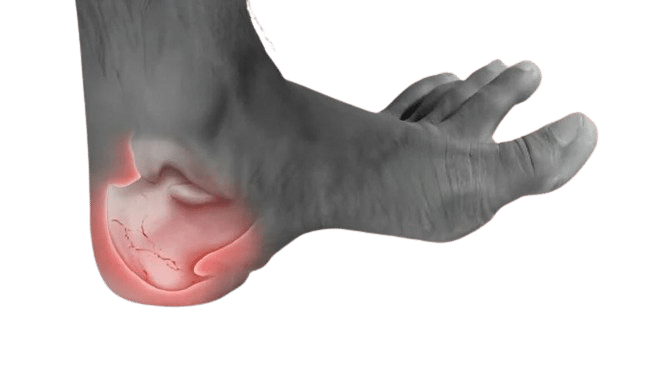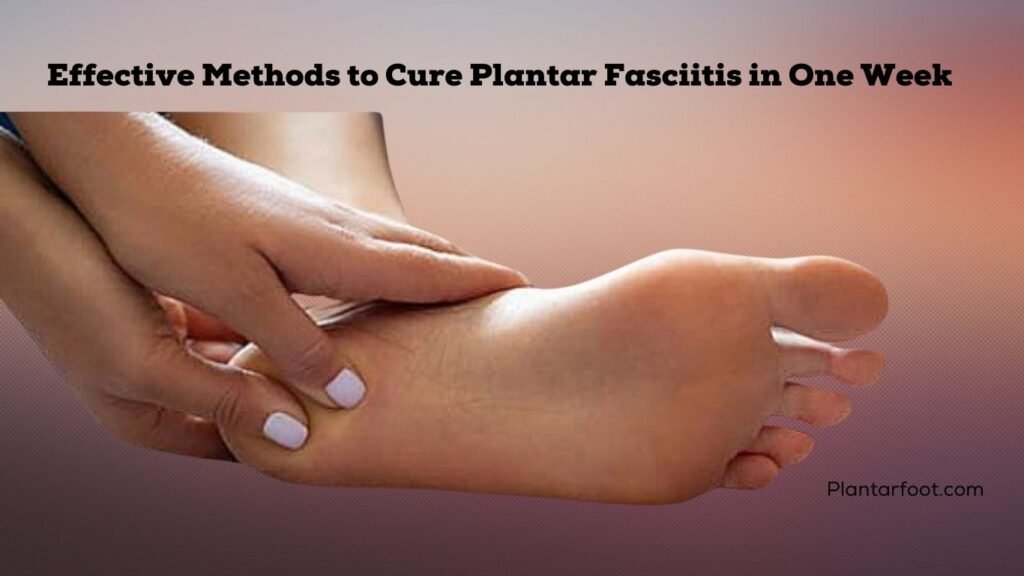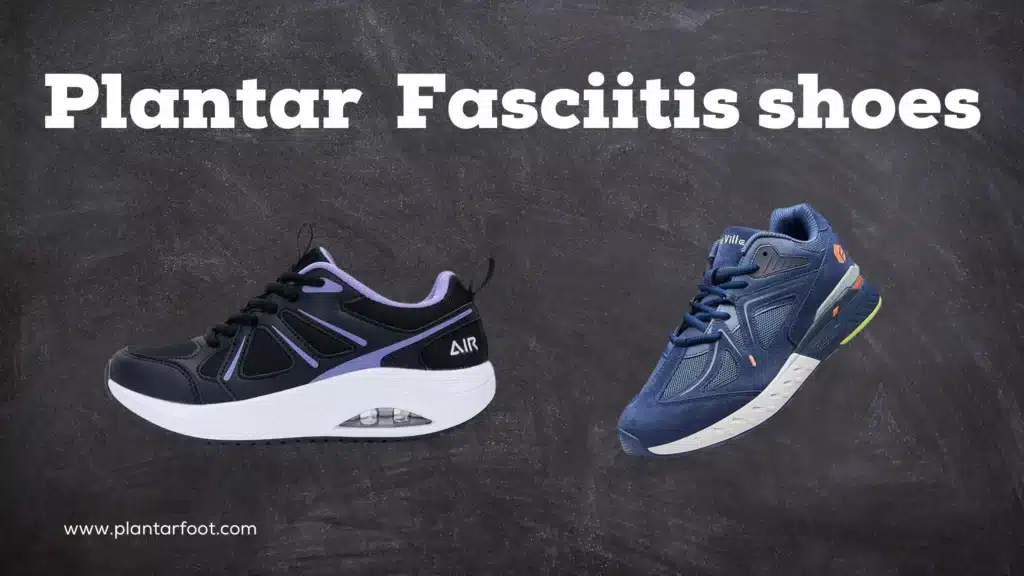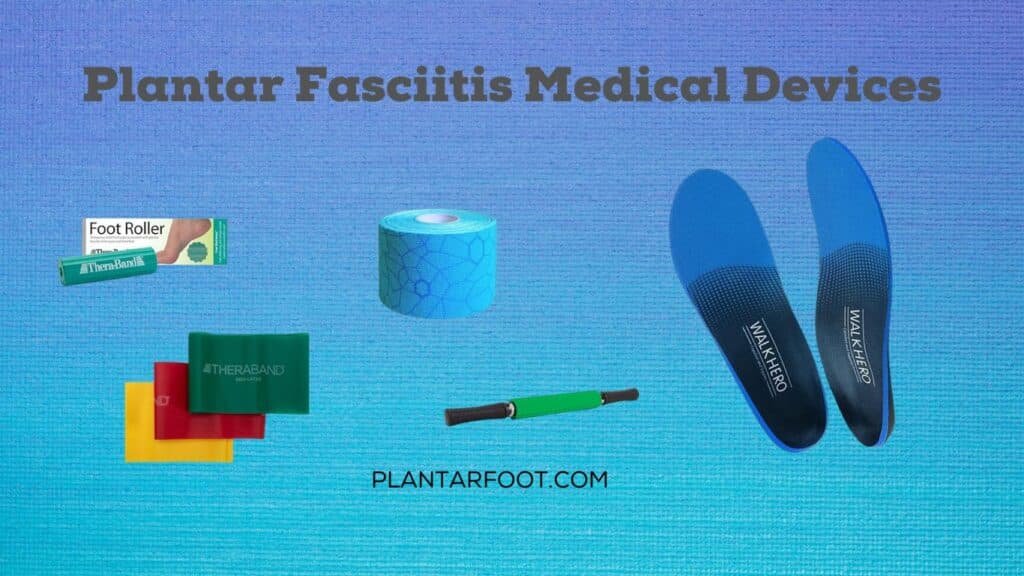Discover how to cure plantar fasciitis in one week. Receive information on several methods that help you relieve your foot pain within the shortest time.
How to Cure Plantar Fasciitis in One Week:

Among the most topical foot problems is plantar fasciitis, which is caused by a painful inflammation. For some, this pain can even be limiting and impact one’s functionality and general well-being. The following are some methods to cure plantar fasciitis in one week: This article is going to explain to you the correct treatments and exercises. Also, the measures that you can take right now to get quick relief.
Understanding Plantar Fasciitis:
OK, now let’s discuss the condition of plantar fasciitis before we go straight to the treatments. The plantar fascia is a band of connective tissue located at the undersurface of the foot and runs anteriorly from the calcaneal tuberosity to the toes. This particular tissue causes sharp pain as long as it experiences inflammation, particularly in the region of the heel. Most people are likely to feel the pain in the morning, or after they have been on their feet for long, or have been sitting down for long.
Rest and Ice Therapy:
The best orthopedic doctors highly recommend rest and ice therapy. They consider it the easiest and quickest way to begin the recuperative process. Raising your feet helps the swelling come down. While ice is also beneficial, it can reduce the pain and inflammation. To cure plantar fasciitis in one week, follow these steps:
- Raise your feet and keep them off the floor as much as you can. Protect your heel and arch from pressure. Walking and running should also be minimized as much as possible.
- Apply ice to the affected part. It should be done 15 to 20 minutes several times a day. So it can decrease the level of inflammation and pain.
Stretching Exercises:
It is important to note that stretching exercises are also effective. Including them in your daily routine will also help in speeding up the healing process. It assists you in the process of curing plantar fasciitis in one week. These exercises will also assist in stretching the plantar fascia, Achilles tendon, and calf muscle groups and decrease tension. Here is an example of effective stretches:
- Calf Stretch: First, stand with your back toward a wall. Now, grasp the wall with one hand and move one of the feet backward with the other hand. Ensure you have your back leg rigid. Try to keep the heel of the back foot touching the ground. Hold this position for 30 seconds, and then switch the legs that you were standing on.
- Plantar Fascia Stretch: Sit on a chair and put your affected foot on the knee of the opposite leg. Grab the toes with your fingers and gently amount them towards the shin. Keep moving them until you feel tension in the arch of the foot. To apply pressure, one should hold it for about 15-30 seconds and repeat it several times.
Strengthening Exercises:
In addition to stretching, strength training is also considered important for a speedy recovery. It also helps to cure plantar fasciitis in a week. With this suggested exercise, you can enhance the strength of the heel and lower leg muscles. These exercises will support the plantar fascia. Try these exercises:
- Towel Scrunches: You need to sit on a chair for this exercise. Put a towel on the floor before sitting on a chair. The second step is to try to take the towel with your toes. After this, pull it towards yourself. The last step is to roll it out with your toes. Repeat for 2-3 minutes.
- Marble Pickups: Marbles are the main component of this exercise. Drop some marbles on the floor. The hard part of this exercise comes. With your toes, while bending them, pick the marbles and put them in a cup. The purpose of this exercise is to strengthen and coordinate the muscles found in the toes.
Footwear and Orthotics:
Adorning proper shoes and using orthotics makes a lot of difference. Another best choice is to cure your plantar fasciitis in one week. Select shoes that give good support to arches, have shock absorption, and a rigid rear foot shank. Since the flat shoes and flip-flops have no arch support, they should not be worn.
It is recommended to apply orthotic inserts or use heel cups so as to add support and padding. In most cases, custom orthotics are the more suitable. But ready-made orthotics are also useful.
Night Splints:
It is advisable that people wear night splints because they help stretch both the plantar fascia and the Achilles tendon. You should wear night splints in the form of a brace to wear at night to overcome the conditions that cause frontal stiffness. The use of a splint at night positions your foot at dorsiflexion, thus applying gentle pull on the plantar fascia to give a weak plantar fasciitis cure.
Anti-Inflammatory Medications:
Common medications, such as Ibuprofen or Naproxen, are available without prescriptions. It can help with pain and inflammation of the plantar fascia. However, before proceeding with it, users should follow the proper intake and consult a doctor. These medications will be useful to cure plantar fasciitis in one week.
Massage Therapy:
Massage therapy improves blood circulation and reduces muscle tension massage therapy to give relief. You need a tennis ball or a frozen water bottle to perform massage therapy. Use any one ball or bottle. Roll them under your foot for 5-10 minutes while focusing on the arch and heel areas. Doing this massage therapy regularly can cure plantar fasciitis in one week.
Alternative Therapies:
However, there are some other remedies that can help you cure plantar fasciitis in one week. These remedies are:
- Acupuncture: Acupuncture is a type of ancient Chinese medicine. Practitioners insert very thin needles into specific points on the body to treat pain.
- Chiropractic Care: Chiropractic can improve foot alignment. For this, you just have to make some adjustments and manipulations. Chiropractic care can reduce stress on the plantar fascia.
Maintain a Healthy Weight:
Keeping your body weight under check is also very important for the welfare of your feet. Maintaining a healthy weight can help to cure plantar fasciitis in one week. This is because excess weight creates extra pressure on the plantar fascia and worsens the situation. Proper nutrition and exercise can enable one to be slim and also to avoid gaining excess weight.
Proper Warm-Up and Cool-Down:
Always warm up before exercise and cool down after exercise. Warm-up helps your muscles and tendons to be prepared for exercise. On the other hand, cool-down is a reversal of action to minimize hardness and soreness in muscles after exercise. This practice can prevent further injury to the plantar fascia. It helps you to prevent any other injury to the plantar fascia. Your journey to cure plantar fasciitis in one week will become easy.
Avoid Overuse:
During the healing process, keep it in mind to avoid overuse of your feet. Increase your activity levels very slowly. Always listen to your body if you experience pain; take a break. Give your feet some rest. To cure plantar fasciitis in one week, avoiding overuse will be beneficial.
Conclusion:
Curing plantar fasciitis in one week is considered to be very hard. However, there are some treatments and remedies for curing plantar fasciitis in one week. You just have to do these exercises: rest, ice therapy, stretching, and strengthening exercises. The proper footwear and orthotics can also be helpful.
There are also some remedies, such as night splints, anti-inflammatory medications, massage therapy, and alternative therapies. To prevent further injuries, maintain a healthy weight, perform proper warm-up and cool-down, and avoid overuse. With these strategies and steps, you’ll be on your way to cure plantar fasciitis in one week.
If you want to discuss the above topics more, come to the forum and discuss them together.
Frequently Asked Questions (FAQs)
Q1: How often should I apply ice on my foot?
The applications of ice include: Ice should be applied on the affected area for about 15-20 minutes. It is preferred to be performed several times a day.
Q2: Should I wear sneakers to cure plantar fascitis in one week?
ANS: Select shoes that support your arches, shoes that have good cushioning, and those that have a rigid heel counter. Flat shoes and flip-flops should not be worn because there is nothing that offers support to the feet from these shoes.
Q3: Can such medicines in a group of anti-inflammatory be safely used?
Pain killers, including those belonging to non-steroidal anti-inflammatory drugs (NSAIDs) such as ibuprofen or naproxen. However, one should stick to the prescribed quantity and consult physicians.
Q4: What am I supposed not to do during the healing period?
Do not undertake any task on your feet for long, and whenever you are required to walk on hard surfaces, avoid this as much as you can. Do not begin with intensive training, as this may stress your organs too much.
Q5: Are orthotic inserts necessary?
It will be useful to incorporate some sort of orthotic inserts to help provide further support and or cushioning.


